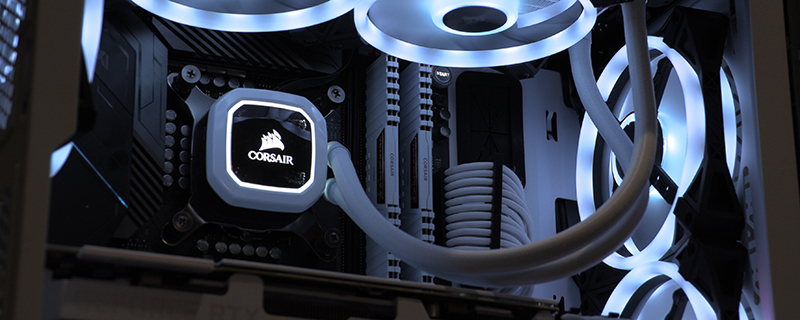i9-9900K vs i9-10980XE White System Head to Head
Wrap Up
We entered this adventure with two main questions we wondered the answer to. Firstly, do you have to compromise your choice of hardware to obtain an all-white system as the market has shifted towards all black systems with RGB lighting? Secondly, whilst we know that the flagship X299 processor will make full use of its 18 cores in certain tasks, how close to it can you get by spending significantly less money on the, still flagship, Z390 setup?
We’ll answer those in reverse order.
Clearly there are some tests which Core i9-10980XE has the win. Even clocked slightly lower than the Core i9-9900K there are tasks for which those extra ten core/twenty thread calculative abilities shine the brightest. AIDA64 and Sandra we can almost eliminate from our considerations as they are very good at showing the performance of something, but in an artificial environment. 3D Rendering is one of those tasks which has always tested every last megahertz available and our tests in both the benchmark version of Maxon’s insane Cinema 4D infrastructure and the freeware Blender demonstrate how there is simply no replacement for having more cores on hand. It’s why Pixar and Dreamworks have massive warehouses full of servers doing nothing but rendering. If you spend a lot of time either building your own games, or simply modding other peoples, then the choice is clear and something you already knew.
Into the world of video encoding and the gap lessens, albeit still with a heavy emphasis on the beefier setup. Raw encoding performance narrows the gap from the expected result looking just at the paper specs, to something a lot nearer than many of us thought it might be. Yes it obviously behoves you to go with as many cores as you can afford if you spend a massive amount of your day creating video content but, like the 3D example above, that probably isn’t telling you anything you didn’t already know.
As we step away from specific roles into more general desktop usage and gaming tasks and the gap lessens to the point that it starts off not being there – PCMark 10, bits of Realbench, 3D Mark – into one where the absolute clock speed advantage of the Core i9-9900K makes itself known in our gaming results. Which all boils down to the clear statement that, if you’re just using your computer in general tasks with a heavy emphasis upon gaming and light emphasis on creation, the Z390 is the way to go both in price and performance terms. You’re saving a bundle and not significantly impacting how long you have to wait to get things done.
The other aspect is whether the move to RGB based hardware has lessened the ability to get good hardware. Naturally your choices are more limited, but even so we think you’ll be pleased with what is available. The Corsair PSU, case, cooler, RAM and fans are all of excellent quality and work just as well with the meaty Z390 setup as the, still meaty but not as insane X299 one. The ASUS Strix RTX 2080 Ti White Edition is one of the best 2080 Tis on the market, and would be a worthy choice even if you have a black system. Lastly the ASUS Prime motherboard has been the foundation of many of our first looks at new processors, and with the Edition 30 it is even more robust and capable.
So what do you think, readers? We know that both of these systems have a premium price point, but the 9900K is a lot nearer the performance of the 10980XE than core count would have you imagine given that it comes in £1346.49 cheaper than the 10980XE build. You’d have to really want those extra cores to spend the extra money. You could almost go 2080Ti SLI for that, if you were mad.
Let us know your thoughts on the OC3D Forums.



